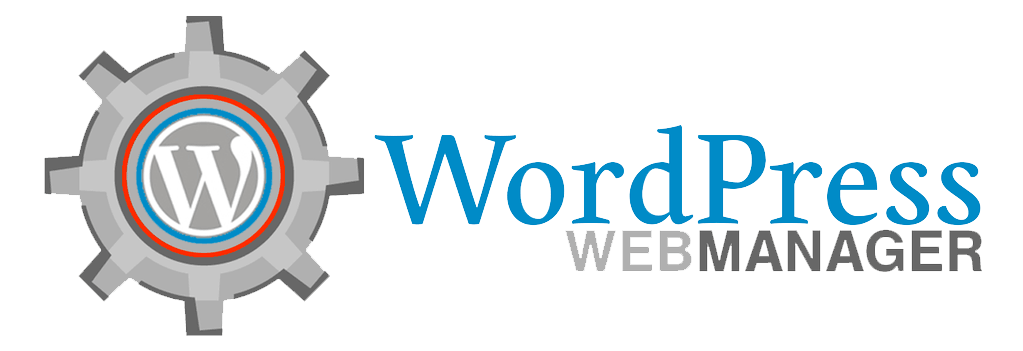Upgrade Your WordPress Site
One of the most crucial steps in securing your WordPress blog is keeping WordPress updated. WordPress updates are necessary for security, compatibility and performance of your WordPress blog. Unfortunately, WordPress updates can be a nightmare for some WordPress users, especially if you happen to be one of those people who do not have much knowledge on WordPress. WordPress, a popular CMS/blogging platform is used by a lot of people around the world. If you want to keep your WordPress blog updated all the time, then it would be better for you to learn about WordPress updating and how to avoid common WordPress errors in order to keep your WordPress blog updated and secure.
WordPress updates may become available without you even noticing it. Fortunately, you can prevent this from happening by checking for WordPress updates every time you update your blog. In this article, we will show you exactly how to update WordPress blog without any glitches. With this information, you should be able to keep WordPress updated regularly without having any issues with WordPress.
WordPress updates page is the place where you will be able to see WordPress version updates. This is usually located under settings > read & update on your WordPress dashboard. On the WordPress Updates page, click on the Update button. WordPress will then let you know what to do next. If there are problems, then your WordPress blog may become unavailable.
WordPress plugin Widget is also responsible for updating your WordPress files. Whenever you open a file using the WordPress default editor, a small widget will appear above the code. WordPress automatically detects the current version number of the file extension and displays the corresponding word under the file name.
There are also third-party plugins that will help you manage WordPress update correctly. One popular plugin is FileZilla which allows you to update WordPress immediately. All you need to do is enable the plugin, select the files to update, click the Update button and wait for the changes to take effect. There are times when the FileZilla plugin won’t be able to detect the current version number of WordPress so you might need to run a different WP Update command.
Apart from WordPress update page, there is also a dashboard to manage your WordPress updates. You can go to the dashboard by clicking on the WordPress icon or Theme Gallery at the top right corner of your main WordPress dashboard. You will need to create a new WordPress theme in order to be able to view all the available themes. Once you have created your first theme, click on the Updating tab on the left side of the page.
In the Updating dashboard, click on the WordPress Updates tab, where you will find two lists: One for regular (non-breaking) and one for breaking (breaking) versions of WordPress. The regular version is the default WordPress that you get when you login to WordPress; the breaking one contains only the most recent patches and features that WordPress users may want to upgrade to. WordPress automatically downloads and installs the latest WordPress code and theme options when you set up your account; however, there are instances when WordPress can’t install certain plugins or new features because of missing code or audibility issue. In such cases, you have to manually download and install the missing codes or features using the update WordPress button on the WordPress dashboard. It’s always advisable to have a back-up of your entire WordPress database just in case WordPress stops updating automatically.
WordPress has a feature called “Widowax” which allows you to do automatic WordPress theme updates by using WordPress’s own mechanism for updating themes. To use this feature, you will need to register an account with WordPress first. Next, go to the Widgets menu and then click on “Widowax”. Now, add your custom URL pointing to each of your WordPress theme updates pages (or to your custom domain name if you’re using one). When you’re done, you’ll be able to do a WordPress theme update by simply clicking the “Updates” link that’s shown next to the currently updated blog post.




